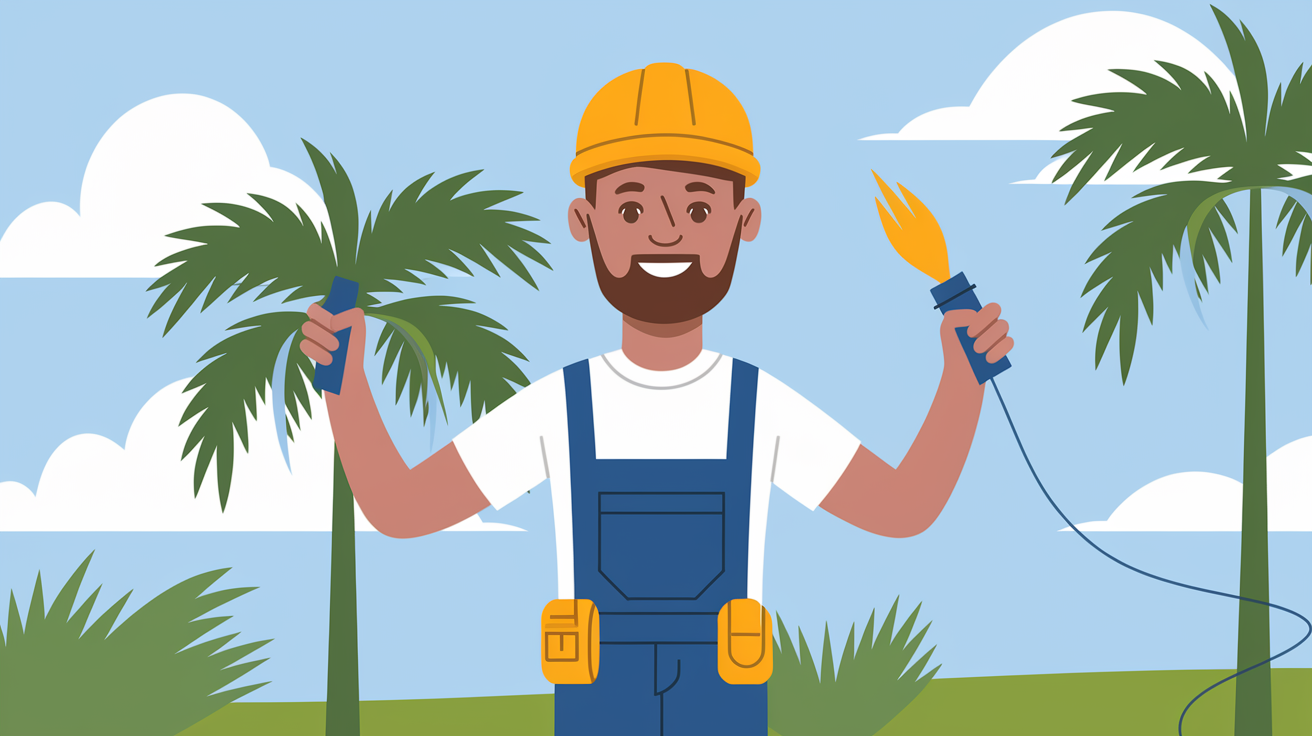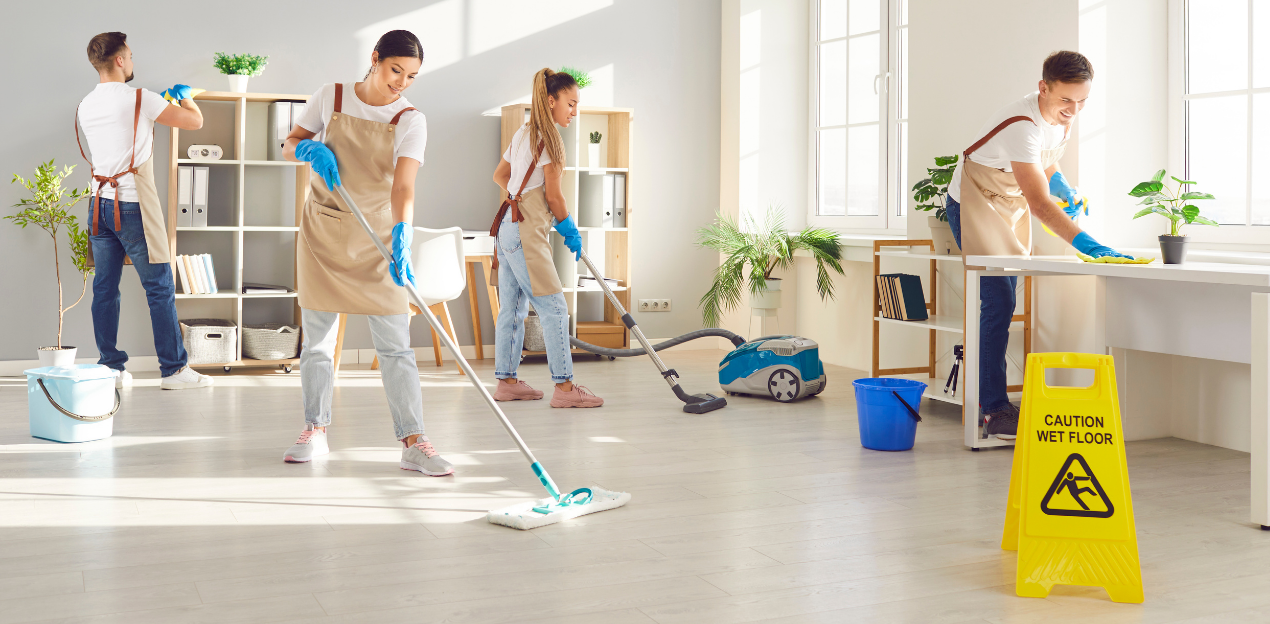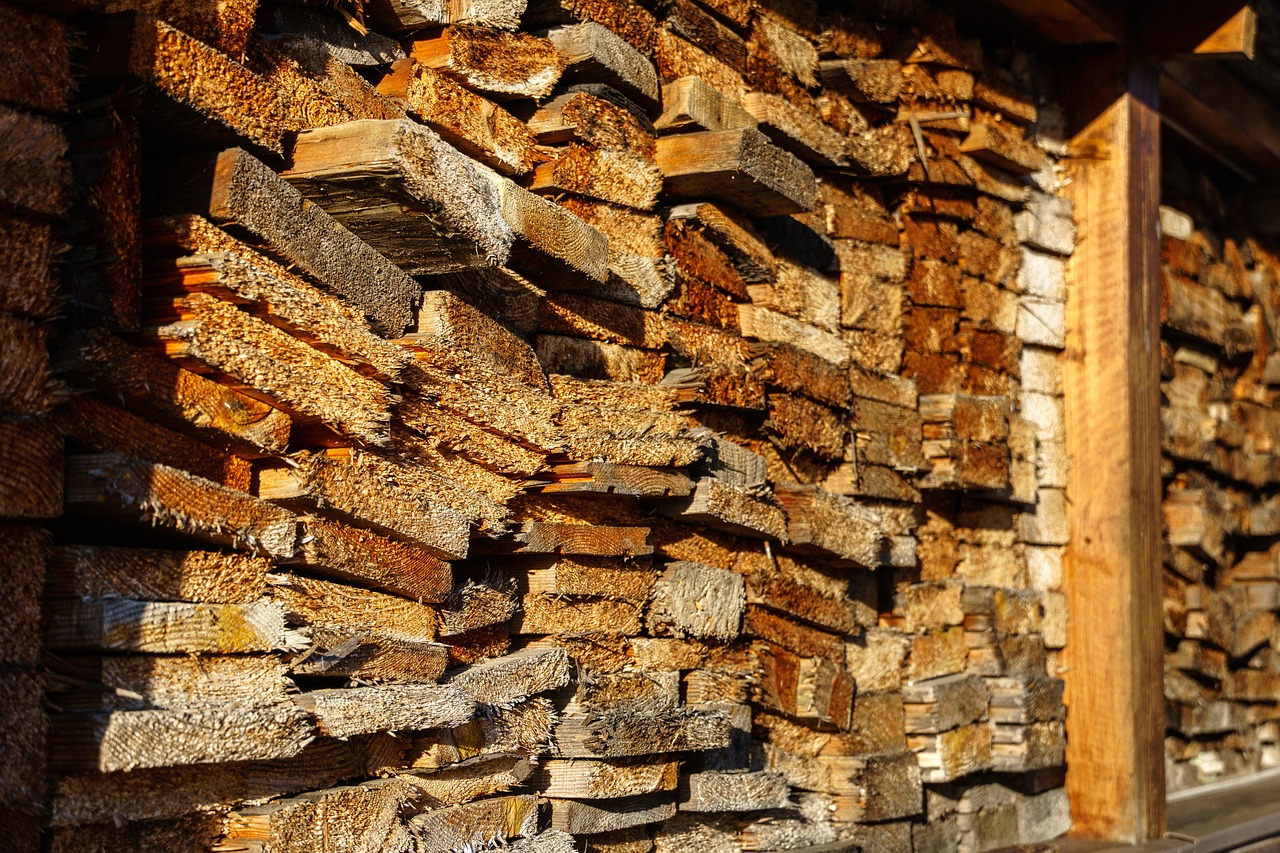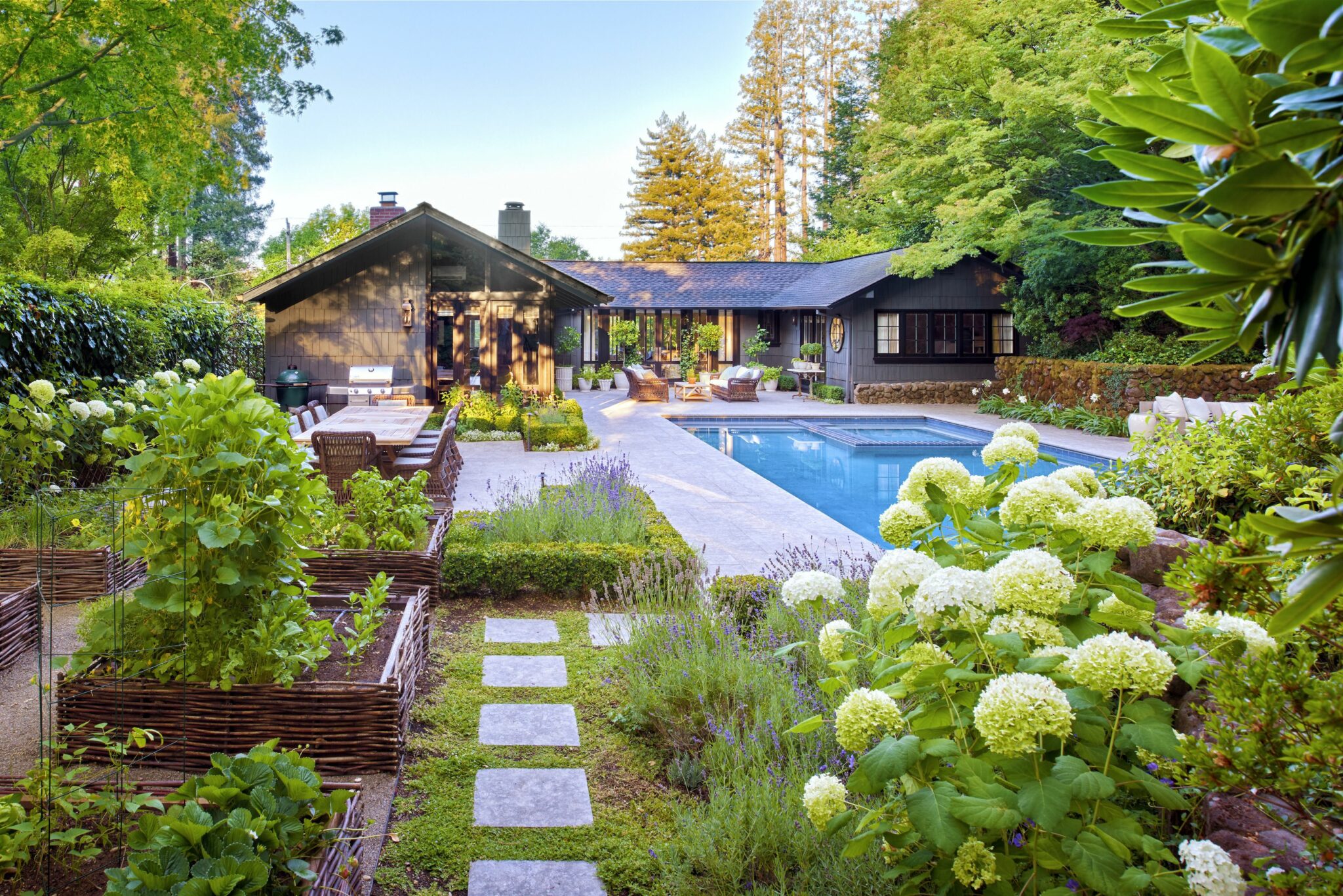The Benefits of Green Roofing for Your House
Many organizations, businesses, and individuals are always looking to adopt eco-friendly practices to combat climate change, preserve natural habitats, conserve resources, and save money while promoting a more healthier lifestyle.
All these changes towards a better planet and conservation of natural resources start at grassroots levels, such as your home. As homeowners look for ways to reduce their environmental impact and increase energy efficiency, green roofs have emerged as a viable solution. Let’s explore why many people consider green roofs for their homes.
What is a Green Roof?
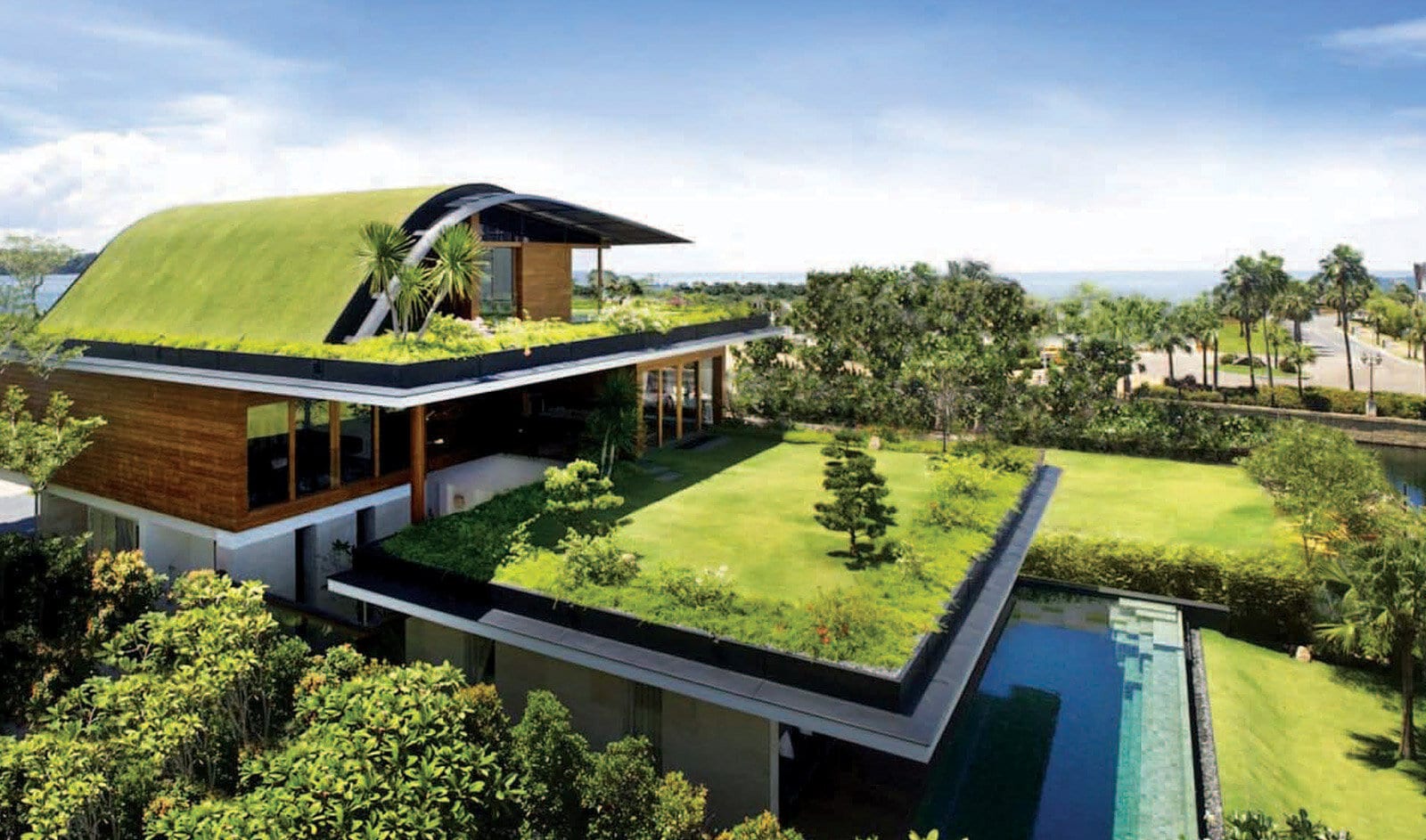
A green roof, also known as a living roof, roof garden, vegetative roof, or eco-roof, is a thin layer of vegetation grown on the rooftop of a traditional flat or pitched residential or commercial building.
The roofs generally consist of a waterproofing membrane, a root barrier, a drainage layer, water retention, soil or dirt for a growing medium, and plants for vegetation. This vegetation can be just grass or more complex gardens with various plants like moss, flowers, and trees.
Green roofs are a popular choice for eco-friendly homeowners because they have a proven record of reducing and moderating the heat island effect. They are ideal for lowering the temperatures of the roof surface. Compared to conventional roofs, green roof temperatures can be 30℉ to 40℉ less and can reduce the average city-level temperature by up to 5℉.
Benefits of Green Roofing for Your House
Green roofs add a beautiful touch to any home but also provide many environmental and psychological benefits.
Here are some of the benefits listed below:
Stormwater Management
While asphalt roof shingles are cost-effective and offer reliable protection for your home, managing excessive rainwater can still be bothersome. Due to climate change, urban cities are experiencing more volatile storms, and such roof shingles installed in many houses may generate more water runoff because of their non-porous surface than a woodland area.
In this matter, green roofing offers a model solution. Green roofs are designed in a way that absorbs rainwater from heavy rains, reduces the stormwater flow from a roof by up to 65%, and can delay it for around three hours. This helps prevent flooding, erosion, and pollution of local waterways.
Improved Air Quality
Plants can reduce greenhouse gas emissions by absorbing carbon dioxide through photosynthesis and converting it into oxygen. That’s how your green roof, infested with vegetation, functions as a natural air purifier.
Plants on your green roof can absorb pollutants from the air, such as carbon monoxide, nitrogen oxides,air-borne ammonia, sulfur dioxide, and ozone. This contributes to cleaner air quality in urban areas and benefits the surrounding environment as well.
Energy Efficiency
Since the vegetation on the green roof provides enough insulation, the need for additional cooling and heating systems isn’t as much. For example, the insulation provided by a green roof on a hot summer day can reduce the temperature by reflecting sunlight and reducing the heat absorbed.
This reduced temperature can help eliminate the requirement for an air cooling system to be turned on 24/7. This energy conservation can also translate into financial advantages by contributing to overall low energy costs.
Reduces Noise Pollution
Repeated noise annoyance is said to increase the risk of higher stress hormone exposures, leading to an increased association with mental health issues. Green roofs installed at your house can help provide mental peace by reducing noise pollution.
Cities rarely go quiet, but another advantage green roofing offers is its ability to diffract sound waves and reduce sound transmission through the roof system. Their relatively high surface mass density, low stiffness, and pronounced damping properties can provide additional acoustic insulation over the basic roof.
Increased Property Value
The aesthetic aspect green roofs add to a house increases the value of your place. They are said to be a positive selling point for homeowners. Not only does green roofing increase roof longevity, but it also promotes an educational value to the community. These collective environmental benefits, aesthetic appeal, and potential energy savings are the primary reasons why properties with green roofs may be expensive.
How a Small Garden on Your Roof Won’t Bother You
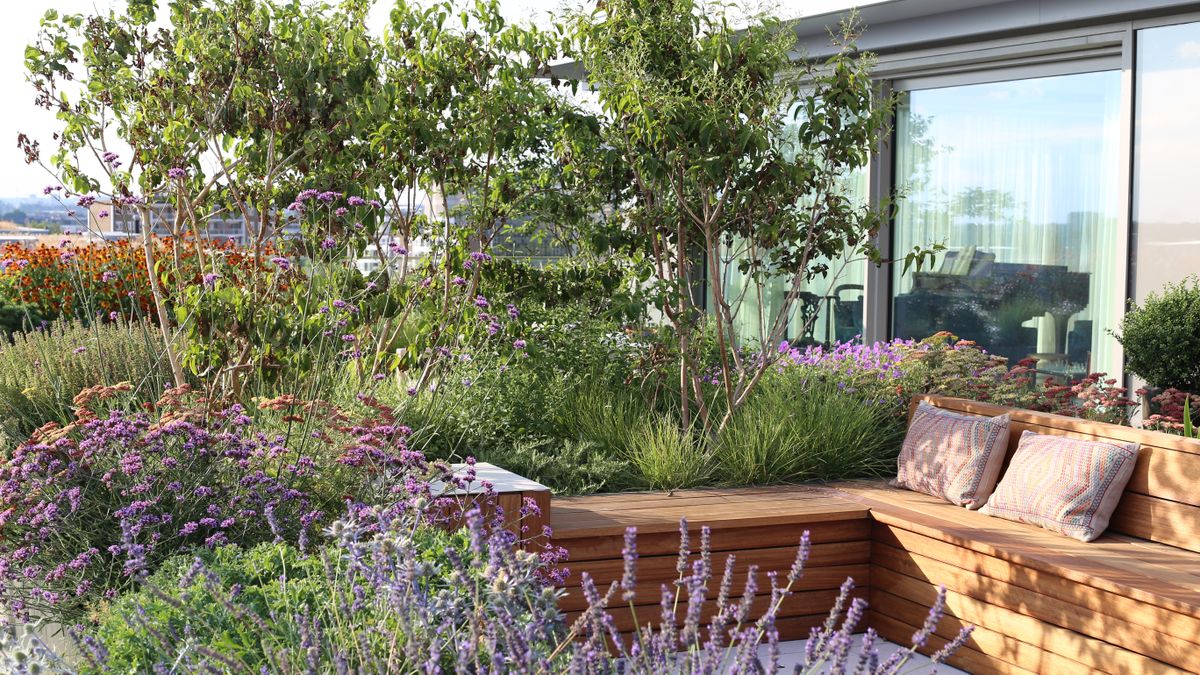
The thought of a small garden or vegetation on your rooftop may be daunting. You may wonder how the plants are watered, how the drainage system works, or about water damage to the building.
A green roof is designed with layers (drainage layer, filter fabric, growing medium, root barrier) to facilitate water absorption, filtering, and storage. Rainwater is usually enough to sustain the plants, but you might need to water them in dry weather conditions if the rainfall is insufficient.
In addition, green roofs evenly distribute the weight of plants, soil, and water across the roof structure. Root barriers, as mentioned earlier, can prevent plant roots from damaging the roof, and excess water removed through the drainage layer can avert water damage.
Endnote
For a planet needing eco-friendly measures and an economy demanding cost-effective solutions, green roofing is the perfect choice for homeowners exploring roof options. Regular maintenance with the help of a qualified professional can help you maximize the benefits of green roofs without worrying about drainage and damage issues.


